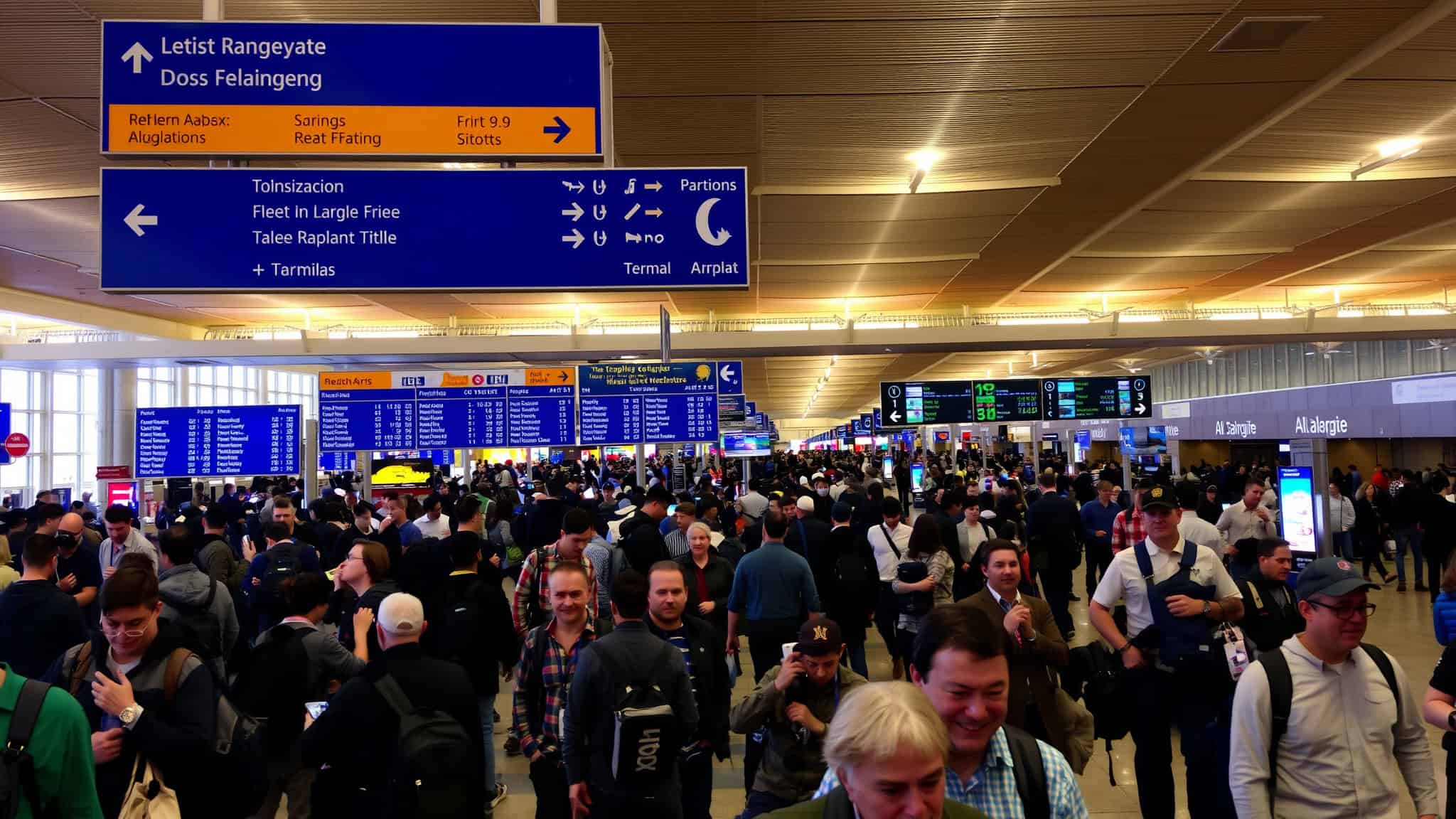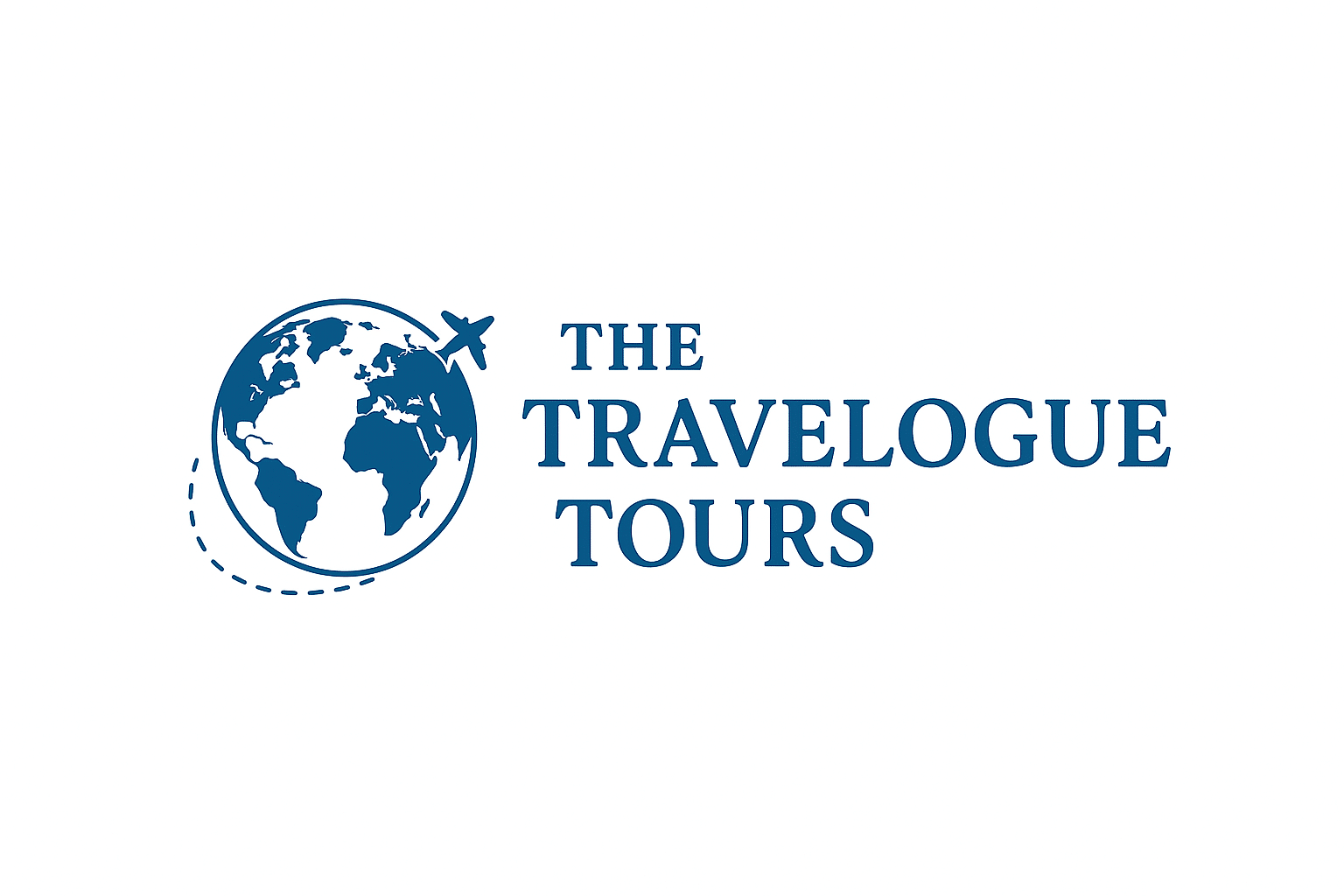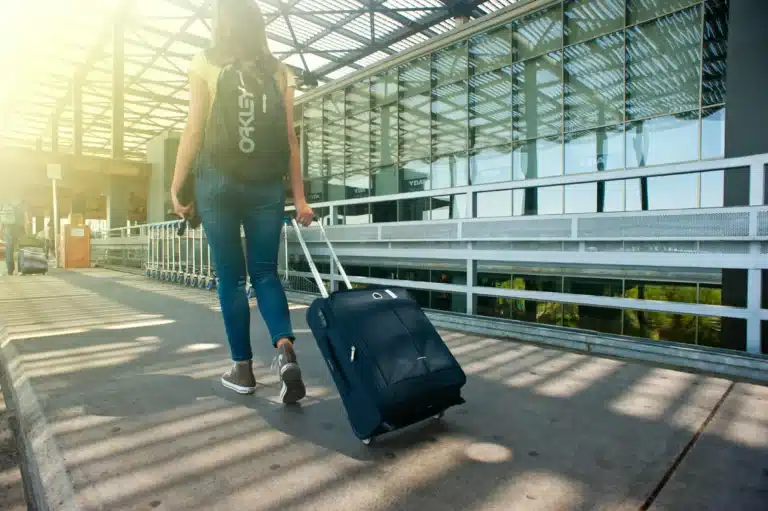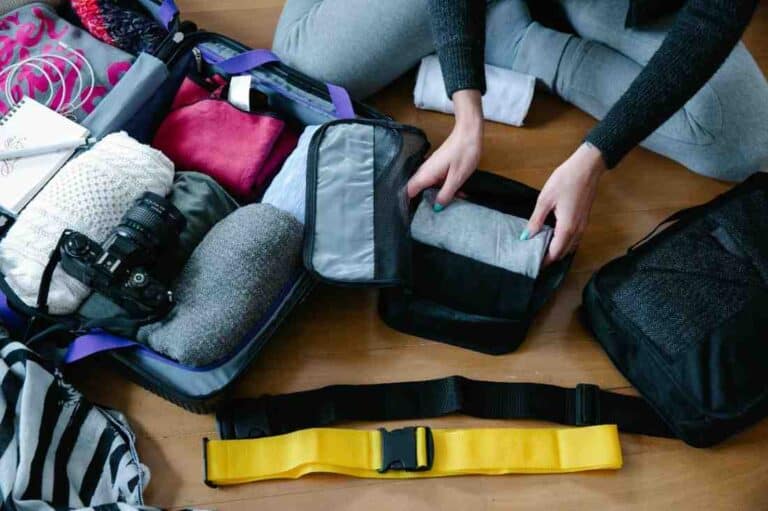Airport Survival Guide What Frequent Flyers Know That You Don’t
Traveling through airports can be daunting, especially for those who do not fly frequently. However, seasoned travelers have a wealth of tips and tricks that can make the experience smoother and more enjoyable. Whether you’re navigating security lines, managing layovers, or packing your bags, understanding the ins and outs of airport procedures can save you time and reduce stress. This comprehensive airport survival guide will share insights from frequent flyers, ensuring you’re well-prepared for your next journey.
Understanding Airport Layouts
Airports can be vast, and their layouts often vary significantly. Frequent flyers have learned how to navigate these spaces effectively. Understanding the layout can save you time and help you find your way to gates, lounges, and services.
Know the Terminal Design
Airports often consist of multiple terminals, each serving different airlines or destinations. Familiarize yourself with your airline’s terminal before arriving. Many airports offer maps online that can help visualize the layout. For example, at major hubs like Chicago O’Hare, knowing whether you need Terminal 1, 2, or 3 can help you avoid unnecessary walking and confusion.
Utilize Airport Signage
Airports have extensive signage to guide travelers. Pay attention to directional signs, flight information displays, and shuttle bus indicators. Frequent flyers often scan these signs immediately upon arrival to orient themselves and determine the best way to their gate or other services.

Packing Efficiently
Efficient packing is an art that frequent travelers have mastered. Knowing what to bring and how to pack can save you time at security and make your journey more comfortable.
Carry-On Essentials
When packing a carry-on, consider items that will keep you comfortable and entertained. Frequent flyers recommend packing a reusable water bottle, portable chargers, noise-canceling headphones, and travel-sized toiletries. Ensure that your liquid items comply with TSA regulations by keeping them in containers of 3.4 ounces or less and storing them in a quart-sized bag.
Smart Clothing Choices
Choose clothing that is easy to remove for security checks. Wear shoes that can be slipped on and off quickly, and consider layers that can accommodate temperature changes during the flight. Frequent flyers often opt for comfortable, wrinkle-resistant fabrics to stay looking fresh upon arrival.
Navigating Security Procedures
Security checks are a common source of stress for many travelers. However, frequent flyers have specific strategies to make this process as smooth as possible.
Prepare for Screening
To expedite the security screening process, have your boarding pass and ID ready. Frequent flyers recommend emptying your pockets and placing all items into the bins before reaching the conveyor belt. This way, you can keep the line moving and reduce your own stress.
Consider TSA PreCheck
TSA PreCheck allows eligible travelers to go through expedited security lines. Frequent flyers often recommend this service for its convenience, as it enables you to keep your shoes, belts, and light jackets on, along with leaving laptops and liquids in your bag. For frequent travelers, the small fee can be worth the time saved in the long run.
Managing Layovers
Layovers can be a hassle, but they also present opportunities if managed correctly. Frequent travelers know how to make the most of their time between flights.
Explore the Airport
Some airports offer unique amenities, including art exhibits, spas, and even local food options. Frequent flyers often recommend checking the airport’s website for information about what’s available during layovers. For example, airports like San Francisco International have walking paths and art installations that can make your layover enjoyable.
Use Airport Lounges
If you have a long layover, consider purchasing a day pass to an airport lounge. These lounges often provide comfortable seating, complimentary snacks, and Wi-Fi. Frequent flyers appreciate the quiet environment and amenities that can make waiting for a flight much more pleasant.
Staying Connected
In today’s digital world, staying connected while traveling is crucial. Frequent flyers have strategies to ensure they can easily access information and stay in touch with loved ones.
Wi-Fi Access
Most airports offer free Wi-Fi, but the quality can vary. Frequent travelers often recommend downloading offline maps and entertainment before your flight to avoid connectivity issues. Additionally, look for airport apps that can provide real-time updates about your flight status.
Using Mobile Boarding Passes
Mobile boarding passes can save you time and paper. Frequent flyers often use airline apps to check in and download their boarding passes directly to their smartphones. This eliminates the need for printing and allows you to keep all necessary travel documents in one place.
Food and Beverage Choices
Airport food can be notoriously overpriced and of low quality. However, frequent flyers have learned how to navigate dining options for better experiences.
Research Dining Options
Before heading to the airport, consider researching dining options. Some airports have excellent local restaurants or fast-casual dining spots. Frequent travelers often utilize apps or airport websites to find quality food options that fit their tastes and budgets.
Stay Hydrated
Staying hydrated is essential, especially during air travel. Frequent flyers advise bringing an empty water bottle through security and filling it at water fountains or hydration stations before your flight. This can save you money and ensure you have enough water during your travels.
Arriving at Your Destination
After a long flight, knowing what to expect upon arrival can ease the transition into your new destination. Frequent flyers have developed strategies to make this process smoother.
Transportation Options
Research your transportation options before you arrive. Many airports offer a range of services, including shuttles, taxis, and rideshare options. Frequent travelers often pre-book their transportation to avoid long waits after landing. Familiarizing yourself with the transportation layout at the airport upon arrival can also save time.
Customs and Immigration
If you’re traveling internationally, understanding customs and immigration procedures is vital. Frequent flyers recommend having all necessary documents ready and filling out any required forms before landing. Knowing which line to stand in can significantly reduce wait times.
Staying Healthy While Traveling
Air travel can take a toll on your health. Frequent flyers have learned how to stay healthy while navigating airports and flights.
Practice Good Hygiene
Germs can spread quickly in airports. Frequent travelers recommend carrying hand sanitizer and disinfectant wipes to clean surfaces like tray tables and armrests. Washing your hands frequently can also help reduce the risk of illness.
Exercise During Layovers
Staying active during long layovers can help combat fatigue. Frequent flyers often take advantage of airport walking paths or find a quiet spot to do some light stretching. This practice can help you feel more refreshed before your next flight.
FAQs
What should I do if my flight is delayed?
If your flight is delayed, check with your airline for updates. Make sure to stay close to your gate, as gate changes are common. Use the time to grab a meal or take a break if you can.
How can I avoid jet lag?
To minimize jet lag, gradually adjust your sleep schedule before departure. Stay hydrated, avoid alcohol during your flight, and try to get sunlight exposure upon arrival at your destination.
What items are prohibited in carry-on luggage?
Common prohibited items include liquids over 3.4 ounces, sharp objects, and flammable materials. Always check the TSA website for the most current regulations before packing.
Are airport lounges worth it?
Airport lounges can be worth it for travelers who value comfort and amenities such as free food, drinks, and Wi-Fi. They can provide a quiet space away from the bustling terminal, especially during long layovers.
How early should I arrive at the airport?
For domestic flights, it is generally recommended to arrive at least two hours before your departure time. For international flights, arriving three hours early is advisable to accommodate security and customs checks.
Conclusion
Traveling through airports doesn’t have to be a stressful experience. By learning from the strategies of frequent flyers, you can navigate airport procedures with confidence and ease. From understanding airport layouts to mastering security checks and managing layovers, these insights will help you feel more prepared for your next journey. Embracing these tips can transform your travel experience, making each trip more enjoyable and efficient.







